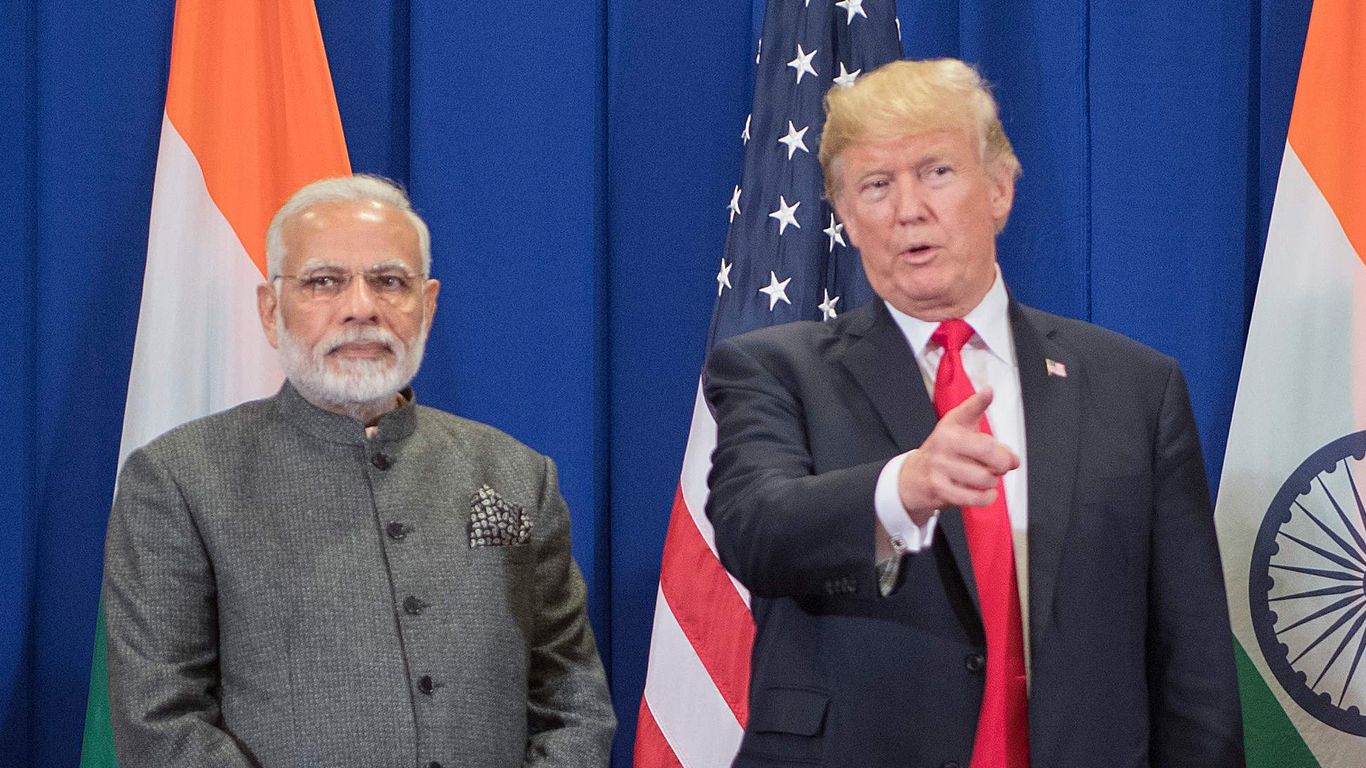Metropolis Japan: Contrasting Tradition And Modernity In Urban Spaces

Table of Contents
Ancient Traditions Preserved Amidst Modernity
The enduring spirit of Japan's rich cultural heritage is powerfully evident even in its most modern cities. Traditional practices and beliefs seamlessly integrate with the rapid pace of urban life, creating a unique and captivating atmosphere.
The Enduring Presence of Temples and Shrines
Iconic temples and shrines stand as testaments to centuries of history, quietly observing the relentless march of progress. These aren't mere historical relics; they remain vital centers of religious and community life.
- Senso-ji Temple (Tokyo): Tokyo's oldest temple, Senso-ji, draws millions annually, a vibrant hub amidst the city's frenetic energy. Its traditional architecture and ongoing festivals are a powerful reminder of continuous cultural heritage.
- Meiji Jingu Shrine (Tokyo): Dedicated to Emperor Meiji and Empress Shoken, this serene oasis offers a peaceful escape from the urban bustle, showcasing the enduring importance of Shinto traditions in modern Japan.
- Fushimi Inari-taisha Shrine (Kyoto): Known for its thousands of vibrant red torii gates winding up a mountainside, Fushimi Inari-taisha is a breathtaking example of how religious traditions deeply permeate the urban landscape.
These structures, imbued with deep spiritual significance, showcase Japanese temples and Shinto shrines as integral parts of the urban fabric, demonstrating the power of religious traditions to endure and adapt. Their architectural significance, coupled with the ongoing festivals and rituals they host, vividly displays the enduring strength of cultural heritage in Metropolis Japan.
Traditional Gardens as Urban Oases
Amidst the concrete jungles, meticulously designed traditional gardens provide tranquil escapes, offering a profound connection to nature and a counterpoint to the relentless pace of city life.
- Kenrokuen Garden (Kanazawa): Considered one of Japan's three most beautiful landscape gardens, Kenrokuen showcases the artistry of traditional Japanese garden design, a testament to the enduring appreciation for natural beauty.
- Korakuen Garden (Okayama): This expansive garden offers a harmonious blend of natural elements and meticulous landscaping, providing a peaceful refuge from the urban environment.
These Japanese gardens, often incorporating elements of Zen gardens, demonstrate the importance of landscape design in promoting mindfulness and a sense of calm within the bustling urban centers. They serve as urban green spaces, enriching the lives of city dwellers and fostering a connection with nature, a crucial element of Japanese culture.
The Continuation of Traditional Crafts
Traditional Japanese crafts continue to thrive, adapting to modern tastes while preserving ancient techniques and artistic expressions.
- Kimonos: These exquisite garments, once everyday attire, now represent a high form of artistic expression and are often worn for special occasions, showcasing the enduring appeal of traditional Japanese fashion.
- Pottery (e.g., Arita ware): Renowned for its intricate designs and high quality, Japanese pottery continues to be produced and appreciated globally, demonstrating the enduring appeal of artisan skills.
- Calligraphy (Shodo): The art of Japanese calligraphy remains a popular practice, with many workshops and studios operating in major cities, blending tradition with modern interpretations.
These examples of Japanese crafts illustrate the resilience of traditional art and the successful adaptation of artisan skills to modern markets. The preservation of these cultural expressions contributes significantly to the unique cultural tapestry of Metropolis Japan.
The Rise of Futuristic Urban Design and Technology
Japan’s metropolises are not just steeped in history; they are also at the forefront of technological advancement and futuristic urban design.
High-Tech Infrastructure and Innovation
Japan is a global leader in technological innovation, and this is evident in its urban infrastructure.
- Bullet Trains (Shinkansen): The iconic Shinkansen network is a marvel of engineering, connecting cities efficiently and showcasing Japan's technological prowess.
- Automated Systems: From automated vending machines to highly efficient public transportation systems, Japan showcases a high degree of technological integration in daily life.
- Smart City Initiatives: Many Japanese cities are embracing smart city initiatives, using technology to improve efficiency, sustainability, and the overall quality of life.
These examples of Japanese technology underscore the country's commitment to innovation and its impact on the efficiency and quality of urban life. This dedication to technological advancement shapes the landscape of Metropolis Japan.
Architectural Marvels of Modern Design
The skyline of Japan's major cities is a testament to its modern architectural prowess, with structures that blend futuristic design with traditional influences.
- Mori Tower (Tokyo): This iconic skyscraper offers stunning views of the city and showcases the impressive scale of modern Japanese architecture.
- Tokyo Skytree: One of the tallest structures in the world, the Tokyo Skytree is a testament to architectural ambition and engineering innovation.
These modern architecture examples showcase the skillful blend of futuristic and traditional architectural styles, reflecting a unique aesthetic sensibility. The skyscrapers and innovative structures that populate Metropolis Japan represent its commitment to bold and forward-thinking urban design.
The Impact of Pop Culture and Anime
Japanese pop culture, particularly anime and manga, significantly influences urban aesthetics and fashion.
- Anime-Themed Cafes and Stores: Many cafes and shops are dedicated to anime and manga, showcasing the pervasive influence of this vibrant cultural force.
- Cosplay Events: Cosplay events draw large crowds, demonstrating the widespread enthusiasm for anime and its impact on urban culture.
This widespread embrace of Japanese pop culture visibly shapes the street style and overall vibrancy of Metropolis Japan. The influence of anime and manga, extending beyond entertainment to impact urban aesthetics, is a testament to its significant cultural influence.
The Harmonious Coexistence of Tradition and Modernity
The true magic of Metropolis Japan lies in the successful integration of tradition and modernity.
Examples of Successful Integration
Many examples demonstrate how these seemingly disparate elements coexist harmoniously:
- Modern buildings incorporating traditional elements: Many new buildings incorporate traditional architectural motifs or use traditional materials, creating a sense of continuity with the past.
- Preservation efforts alongside new development: Cities actively work to preserve historical sites and traditional neighborhoods while also embracing new development, demonstrating a commitment to balancing progress with cultural preservation.
This successful integration showcases the importance of urban planning that prioritizes cultural preservation and sustainable development. The harmonious coexistence highlights the cultural sensitivity and forward-thinking approach that defines Metropolis Japan's urban landscape.
Conclusion
Japan's metropolises provide a stunning example of how tradition and modernity can coexist, enriching each other rather than clashing. The enduring presence of traditional practices alongside cutting-edge technology creates a uniquely vibrant and captivating urban landscape. By understanding and appreciating this dynamic interplay, we gain valuable insight into the resilience and adaptability of Japanese culture. The successful integration of ancient traditions and futuristic innovation makes Metropolis Japan a truly unique and unforgettable experience.
Call to Action: Experience the magic of Metropolis Japan for yourself! Explore the fascinating contrast between tradition and modernity in these dynamic cities and discover a culture that seamlessly blends the old with the new. Plan your trip to witness the captivating blend of Japanese tradition and modernity firsthand.

Featured Posts
-
 Osama Bin Laden Manhunt What Netflixs American Manhunt Revealed
May 18, 2025
Osama Bin Laden Manhunt What Netflixs American Manhunt Revealed
May 18, 2025 -
 Trump Considers China Trip For Meeting With Xi Jinping
May 18, 2025
Trump Considers China Trip For Meeting With Xi Jinping
May 18, 2025 -
 Netflixs Bin Laden Docuseries When Will The American Manhunt Story Premiere
May 18, 2025
Netflixs Bin Laden Docuseries When Will The American Manhunt Story Premiere
May 18, 2025 -
 Majority Of Dutch Oppose Eus Response To Trump Import Tariffs
May 18, 2025
Majority Of Dutch Oppose Eus Response To Trump Import Tariffs
May 18, 2025 -
 India Offered Us Tariff Cuts Trump Says But Hes Not In A Hurry
May 18, 2025
India Offered Us Tariff Cuts Trump Says But Hes Not In A Hurry
May 18, 2025
Latest Posts
-
 Bof A On Stock Market Valuations A Reason For Investor Confidence
May 18, 2025
Bof A On Stock Market Valuations A Reason For Investor Confidence
May 18, 2025 -
 Should Investors Worry About Elevated Stock Market Valuations Bof As View
May 18, 2025
Should Investors Worry About Elevated Stock Market Valuations Bof As View
May 18, 2025 -
 The Rise Of Indias Economic Independence From Pakistan Turkey And Azerbaijan
May 18, 2025
The Rise Of Indias Economic Independence From Pakistan Turkey And Azerbaijan
May 18, 2025 -
 Trump Responds To Indias Offer To Reduce Us Tariffs
May 18, 2025
Trump Responds To Indias Offer To Reduce Us Tariffs
May 18, 2025 -
 Trump On Indias Tariff Offer No Immediate Action Planned
May 18, 2025
Trump On Indias Tariff Offer No Immediate Action Planned
May 18, 2025
